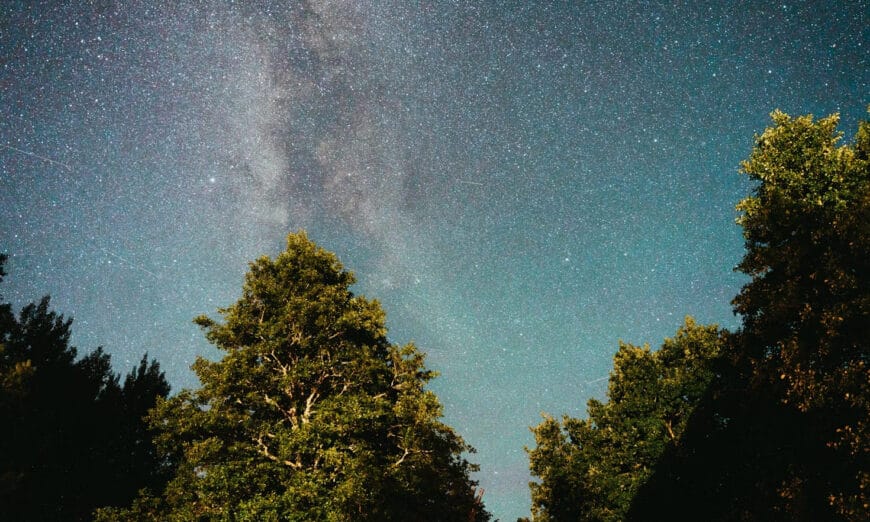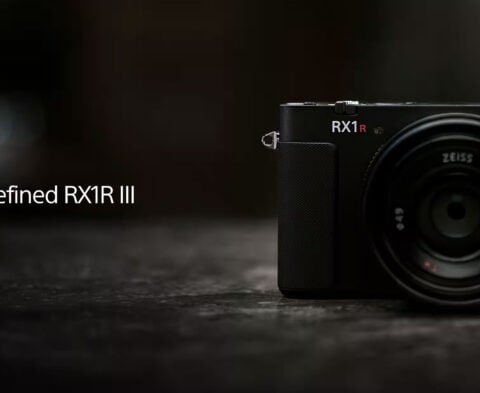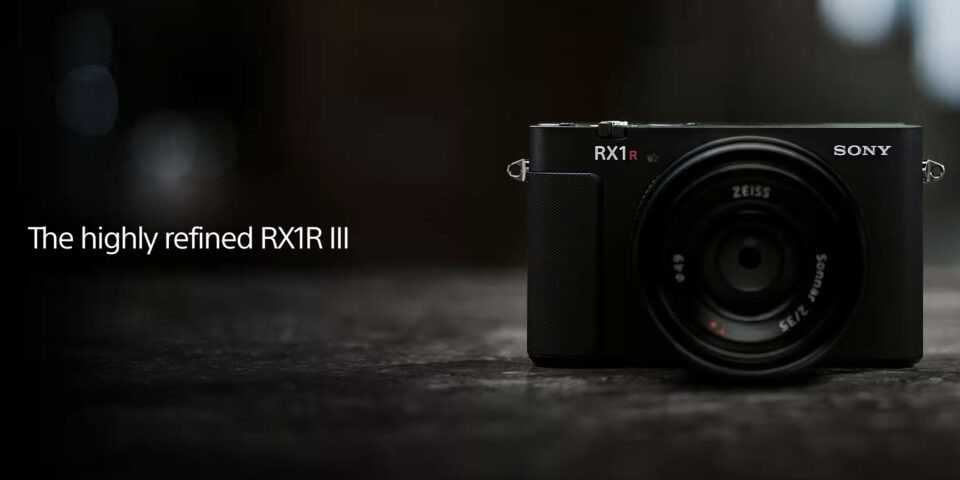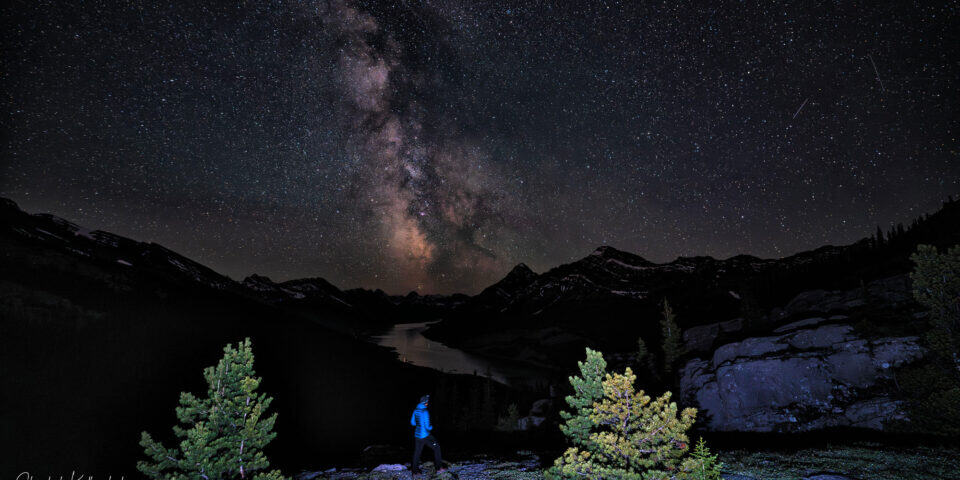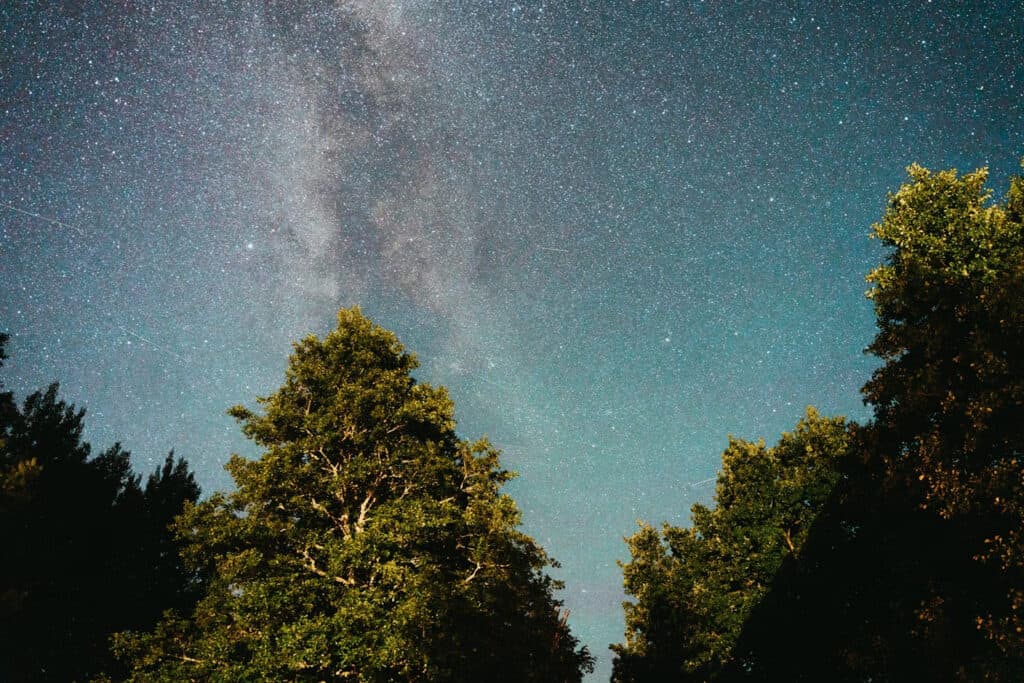
Astrophotography in Canada reaches its peak in August, when clear skies, warmer nights, and iconic celestial events align to create ideal conditions for photographing the night sky. From meteor showers to Milky Way magic, August offers amateur and professional photographers alike a rare opportunity to capture extraordinary images.
Whether you’re a seasoned shooter or picking up a tripod for the first time, this guide outlines where to go, what to watch for, and what gear will help you get the most out of your night under the stars.
August Astrophotography Events Worth Watching
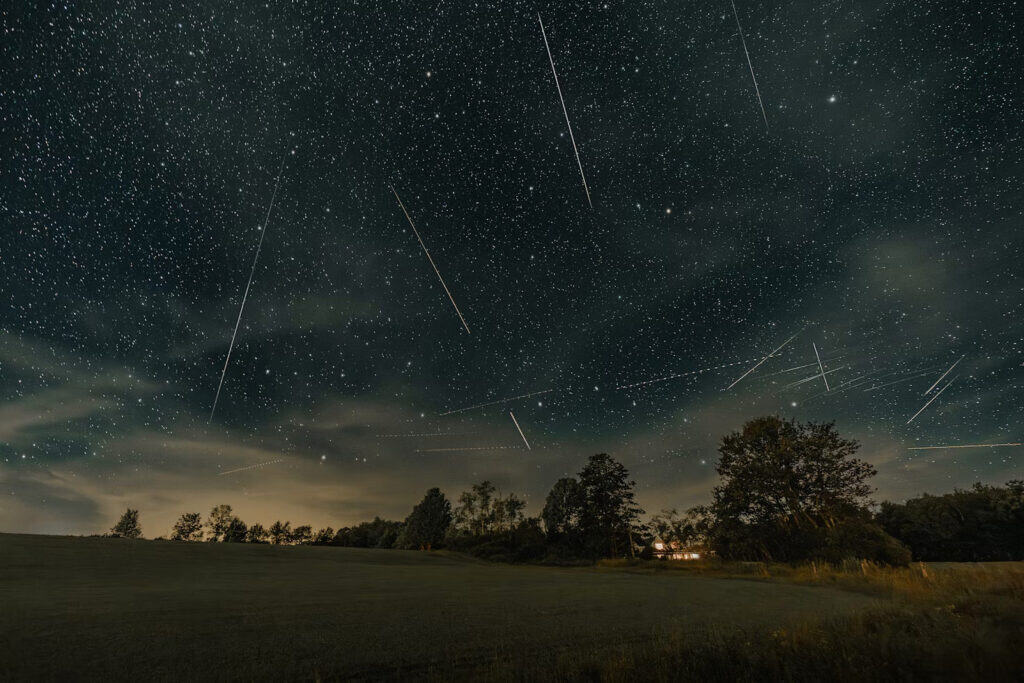
1. Perseid Meteor Shower (August 11–13)
The Perseids are among the most anticipated annual meteor showers. This year, the peak falls just days after the new moon (August 4), offering ideal dark sky conditions. Expect up to 100 meteors per hour—perfect for dramatic wide-angle sky shots.
Top viewing locations in Ontario:
- Torrance Barrens Dark Sky Preserve (Muskoka)
- Killarney Provincial Park
- Point Pelee National Park (extended Dark Sky nights August 10–12)
National highlights:
- Grasslands National Park, Saskatchewan (Dark Sky Preserve)
- Jasper National Park, Alberta (Dark Sky Preserve with mountain foregrounds)
2. Milky Way Core Season (All Month)
August offers the best chance to photograph the core of the Milky Way, visible from sunset until early morning. This makes it a great time to capture detailed galactic shots with dramatic landscapes in the foreground.
Where to Go: Accessible Astrophotography Destinations
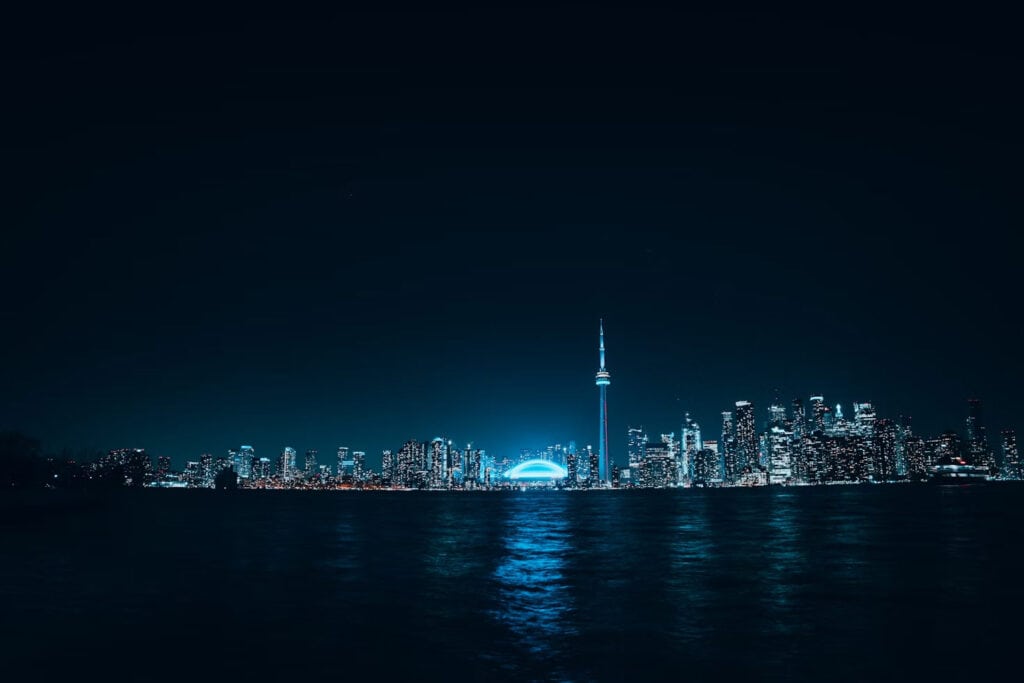
For those looking to stay closer to home, these locations offer strong potential for night sky photography without requiring extensive travel:
- Binbrook Conservation Area – under an hour from Toronto
- Charleston Lake Provincial Park – near Kingston with minimal light pollution
- Lake Superior Provincial Park – offers pristine skies and unique northern landscapes
- Mount Carleton Provincial Park, New Brunswick – highest point in the Maritimes, with sweeping views and minimal light pollution
Gear Essentials for Astrophotography in Canada

Capturing sharp, detailed night sky images requires the right tools. Here’s a breakdown of what you’ll need to make the most of this astrophotography season:
DSLR or Mirrorless Camera
Manual controls for shutter speed, ISO, and aperture are non-negotiable. Options like the Canon EOS R8, Nikon Z6 II, and Sony Alpha 7 IV are popular among astrophotographers for their low-light performance and full-frame sensors.
Fast Wide-Angle Lens
A wide field of view paired with a fast aperture (f/2.8 or lower) lets you gather more light and frame expansive sky scenes. Try the Sigma 14mm f/1.8 Art, Canon RF 15-35mm f2.8 or Canon EF 16-35mm f.28, Nikon Z14-24mm f2.8, Nikon AF-S 14-24mm f2.8, or Sony 20mm f/1.8 G or any other Sony Wide Angle option. We have a great selection of wide angle lenses for each major camera brand available.
Telephoto Lenses
Useful for capturing detailed images of distant celestial objects like the moon, planets and galaxies and nebulae. Lenses like the Canon EF 70-200mm f2.8, Nikon Z 70-200mm f2.8, Sigma 70-200mm f2.8 or any range of Sony Telephoto Zoom Lenses will do the trick!
Sturdy Tripod
Essential for long exposures. Look for a well-built model like the Manfrotto BeFree Advanced or Peak Design Travel Tripod to minimize vibration and allow for precise composition.
Star Tracker (Optional)
For advanced users, a Sky-Watcher Star Adventurer 2i or iOptron SkyTracker Pro allows for longer exposures without star trails, unlocking deep-sky photography options.
Remote Shutter Release
A remote shutter release helps prevent camera shake during long exposures, ensuring sharper images. Many modern mirrorless cameras also offer wireless connectivity via mobile apps, allowing you to control the shutter, adjust exposure settings, and even preview images on your phone—without ever touching the camera. This is especially useful for time-lapses, stacked exposures, or shooting in cold conditions.
Power Supply
Extended shoots require backup batteries or portable power solutions. Consider adding a power bank to your kit to stay charged all night.
Final Thoughts
Astrophotography in Canada is more accessible than many people realize. With the right preparation, a bit of patience, and the right gear, August offers incredible opportunities to capture everything from meteor trails to Milky Way panoramas. From the shores of Georgian Bay to the open skies of the Prairies, there’s no shortage of locations to explore—or stars to shoot.
Need help building your astrophotography setup? Visit your nearest Henry’s location or browse our online store. Our team of experts can help you find exactly what you need to elevate your night sky photography.
Explore
